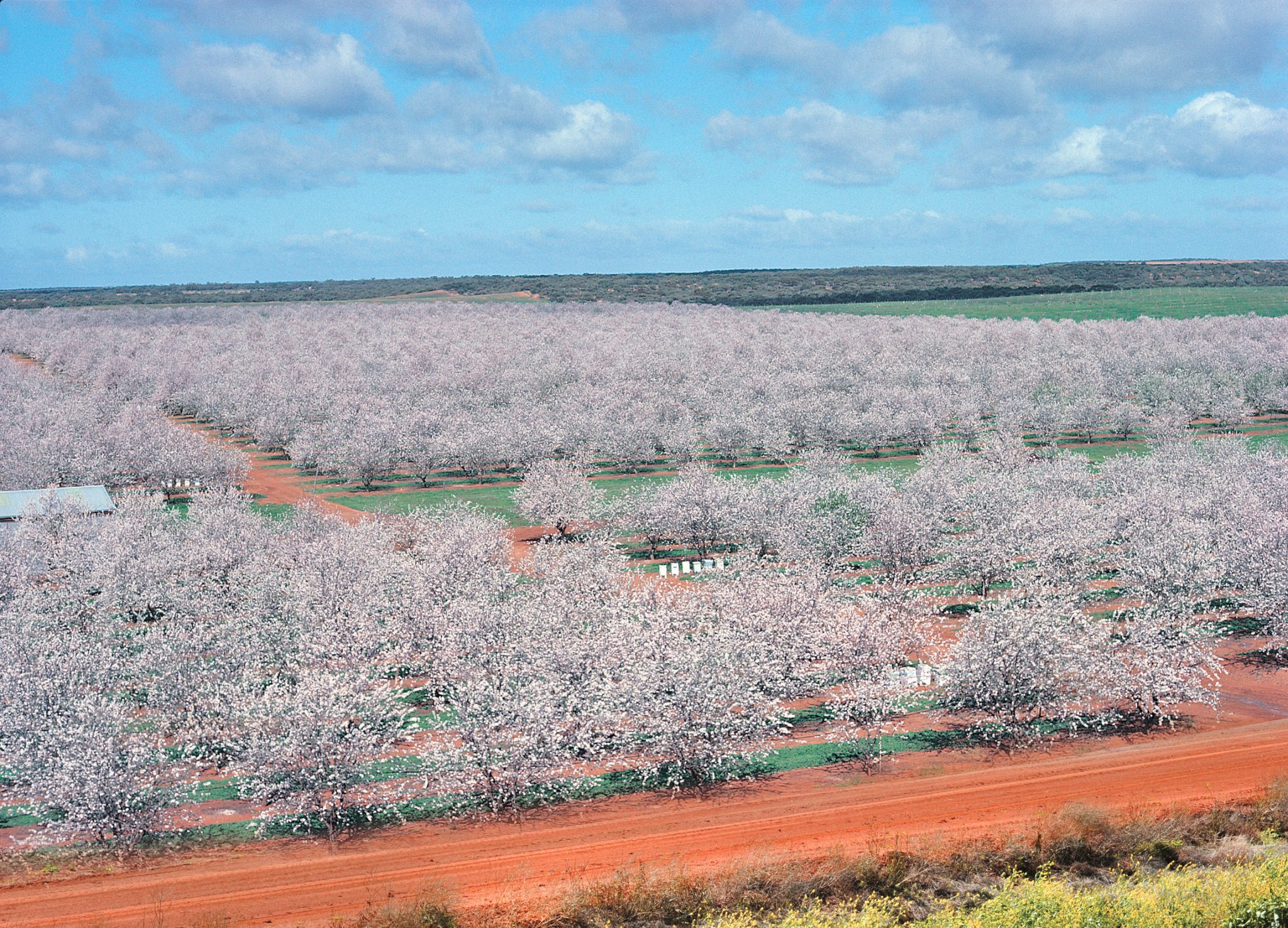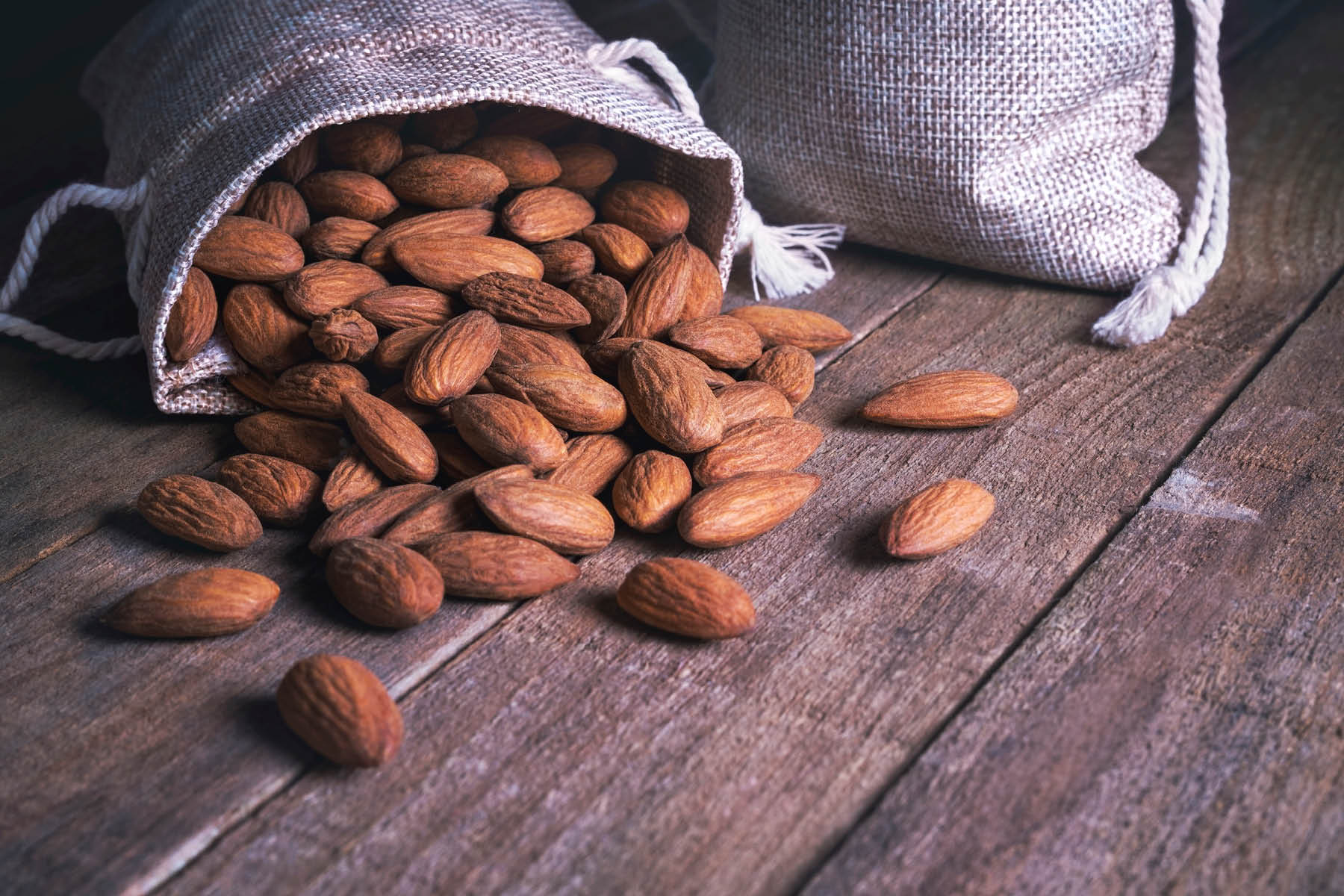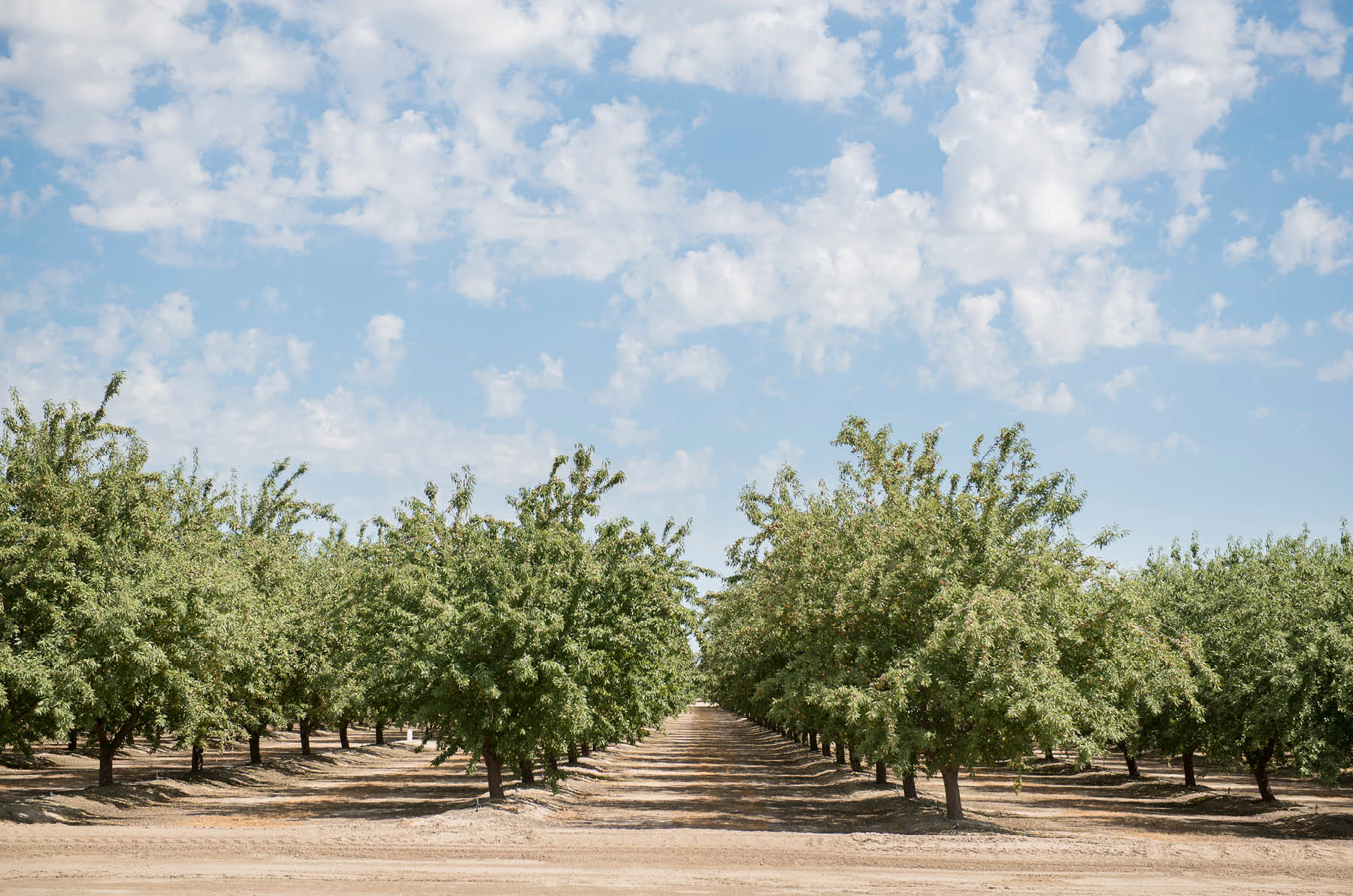Almonds in Australia are serious business, with more than 19 million almond trees growing in Australian soil across four states. The majority are in the Riverina region of Victoria and South Australia, where there is a Mediterranean climate that almond trees enjoy.

While California is the world’s largest producer of almonds, Australia comes in second place, contributing eight percent of the global almond market. The Australian almond crop itself is worth US$800 million.
The pure quality of Australian almonds have made them one of the country’s top exports. The industry enjoys steadily growing figures both at home and abroad, with exports up by 213 percent over the last decade.
Just as healthy is the nut itself, which plays an important role in the booming plant-based health food business. Cholesterol free, high in protein, fiber, antioxidants and Vitamin E, yet still somehow flavorful, almonds are in high demand in Thailand, the United Arab Emirates, New Zealand, China and India, where they’re used to boost health.
On the horizons
It’s all great news for Select Harvests, Australia’s second-largest almond company, with a strong farming base, an industry-leading processing facility and a firm strategy for success.
“The last two seasons have seen the company deal with challenging weather conditions including floods last October, which impacted crop size and quality,” explains David Surveyor, CEO of Select Harvests.
“We need to manage the reality of these events but not lose sight of the fact that we have got fundamentally great assets. We need to position ourselves for growth.”
Surveyor says Select Harvest has developed a strategy based on three horizons.

We’re building efficiencies and ways to quickly sell our inventory, maximize our price and run our plants at an optimum performance level.
“The first horizon is really the back to basics things of getting ourselves fitter,” he tells The CEO Magazine.
Select has an array of improvements Surveyor and his team are putting in place so that the company can run as effectively as possible during a time of challenging global markets.
“We’re building efficiencies and ways to quickly sell our inventory, maximize our price and run our plants at an optimum performance level,” he says. “There is considerable leverage in improving our baseline performance.”
The second horizon is about assessing how to make the Select model sustainable and capable in the long-term.
“To deliver this, we are increasing almond volumes, including from external growers – and increasing our processing capacity,” Surveyor explains.
But it’s the third horizon that has him most excited.
“That’s all around how we think about transformation,” he adds.
New alternatives
Transformation is a subject the almond industry knows a thing or two about. As the world has come around on plant-based foods, almonds have increasingly been used in other applications, to become flour, milk and even edible oils.
And that’s something Select has a hand in. In addition to farming the almonds, Select also produces a range of value-added products through its Renshaw and Allinga Farms brands. These products are made from almonds that are then blanched, sliced, diced and turned into meal or flour.

Our value-added story doesn’t end with what we do today.
“We make almond paste, one of the key inputs into making almond milk and butter,” Surveyor says. “It’s a raw ingredient, and we sell that to leading manufacturers.”
The versatility of almonds means that Select often finds itself spoiled for choice when considering which verticals to involve itself in.
“Our value-added story doesn’t end with what we do today,” Surveyor says. “There’s quite a range of verticals we can operate in, whether it’s health food, food service or retail. Which of these we play in and how far up we go are massive growth opportunities for us.”
Vertical limits
“We have to accelerate our growth,” Surveyor notes. “Whether that’s boosting the number of almonds we process, expanding our horticultural base, making sure we’re investing closer to the customer and the marketplace, or maximizing the capability of our plants and assets, we have to capture more value for every almond we have to sell.”
Helping Select along on that journey is a team given full credit by Surveyor.
“No matter what industry you’re in, you’ve got to make sure you’ve got great people around you, and that’s one of the things Select has,” he says. “It’s got very good, really passionate people that want to make a difference not only to the business, but to the rural communities we operate within.”

No matter what industry you’re in, you’ve got to make sure you’ve got great people around you, and that’s one of the things Select has.
Beyond the Select crew, which ranges between 500 and 900 people depending on time in the season, Surveyor says the company has a range of supplier and customer partners that are important to the success of the business.
“We’ve got quality farms and farmers who are recognized as leaders in their space,” he says. “I look at our processing plant and I think it’s a first-class asset. The executive team are excited and see a wide range of improvements we can make to the business to drive performance.”
As a fully integrated business, Select Harvests occupies a unique position in the industry.
“We’ve got the orchards, the processing assets and a direct reach into the marketplace,” Surveyor says. “If you think about the food mega-trends, we’re well-positioned. We’re capable of supplying food that not only tastes good but is good for you.
“Almonds have great richness, sensory indulgence and luxury, but it’s also authentic, reliable and responsible.”
Sustainable solutions
With demand for almonds growing at a global rate of between five and eight percent annually, Surveyor says Select’s model is able to grow with that in some surprising ways.
“Select Harvests is developing a circular food production system,” he says. “Each year we grow approximately 130,000 metric tons of bio-produce. Out of this, between 30,000 and 32,000 metric tons are almonds and the balance is hull and shell, all of which gets used.
“We put about 10,000 metric tons into our cogeneration energy plant, then 50,000–60,000 is used as animal feed and 30,000 is turned into compost, which we used to fertilize our farms.”
The humble almond is one of those foods that really can be something to everybody. Surveyor says that although the future carries some uncertainty, the industry is as hardy as the nut itself.

One of the great strengths of the almond business is that it has a great environmental story.
“We are having some really good conversations with our customers around how to maximize the value they get from the almond marketplace and how we can make sure we’re supplying the right form, quantity and mix to our customers around the world,” Surveyor says.
The idea of almonds as energy-producing compost is confined mostly to Australia – and more specifically, to Select Harvests – at the moment. Surveyor believes that could change.
“One of the great strengths of the almond business is that it has a great environmental story,” he says. “Almonds really have the ability to be a product that’s good for people in terms of all the health benefits, but also good for the planet in terms of the way that it operates, and the ability for it to make money from doing so.”


